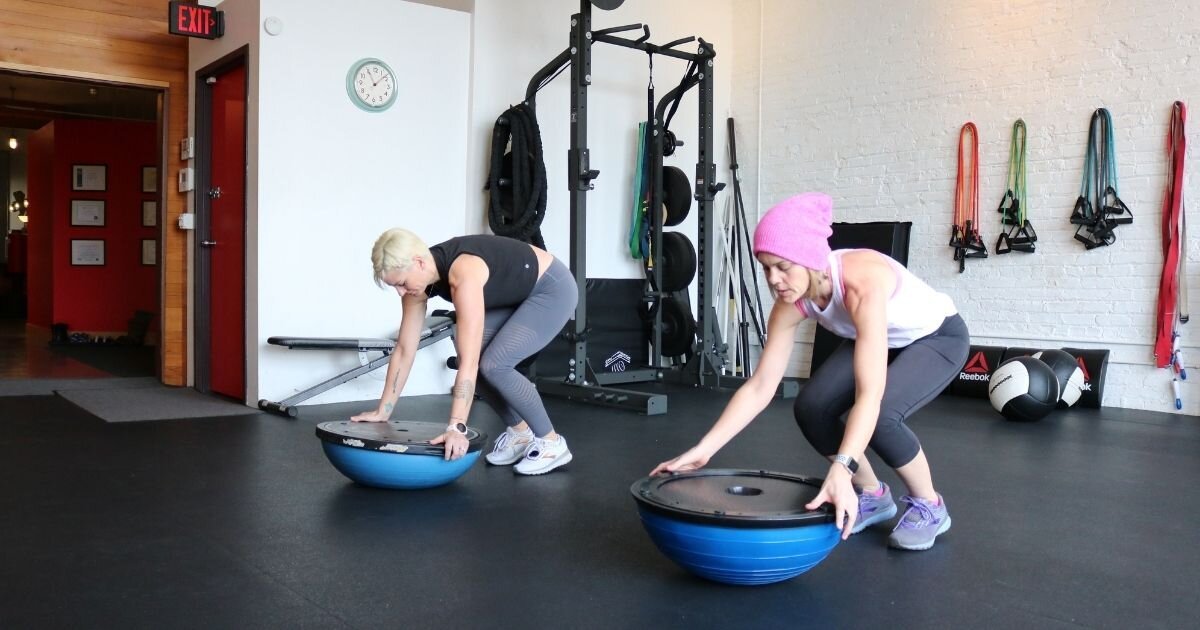WINTER TRAINING TO PREPARE FOR A SPRING MARATHON
WINTER TRAINING BRINGS SPRING PRS
With the major marathons being either canceled or switched to virtual in this last year, I’m sure you may have your sites set on spring races and are ready to get out there. Whether you’ve registered for the 2021 Milwaukee Marathon or for a virtual race, don’t wait any longer to start preparing. Having run multiple distance races that required training through the dark and cold days of winter, I’ve come up with a few tried and true tips that will help you make your spring race your best race!
Winter Training Tips To Prepare For A Spring Marathon
1. STEEL YOUR BODY
Assuming you choose a race that is not in a pancake flat, humidity-free and wind-free environment, you’ll need to train in the elements. It’s very appealing to hit the track at the Pettit or the comfort of a treadmill when the wind is whipping and the snow is flying. And while there will be days when those options must be chosen, skimping on outdoor runs will bite you come race day. There is no guarantee for weather on race day - especially in Wisconsin - and there is simply no other way to prepare your body and mind to take on a windy, wet or cold day than to train in those same conditions.
2. SAFETY FIRST... ALWAYS:
Yes, you want to steel your body, but you also don’t want to risk injury or illness. If footing is dicey, or if temperatures have plunged to dangerous depths, don’t chance it. Those of us who run in the Milwaukee area are very fortunate to have an indoor track to use at the Pettit Center, home of the Badgerland Striders. For just $4, even less if you are a member of the Striders, you can access the 443-meter track at this world-class facility and safely get your miles in. If the Pettit is too far away, almost every membership-based gym in the state has day-passes for purchase.
3. GEAR UP:
Ahh the days of summer runs. No mittens, hats, long pants, thick socks, frozen eyelashes... Running in the winter requires a small arsenal of weather-appropriate clothing and gear compared to the ease of warm weather apparel. Hit your local running store such as Performance Running Outfitters and gear up! Ask the experts for help in selecting clothes that keep you warm but dry. Sweat-wicking tops and thermal-lined pants are a must; shoes with thicker soles will protect your feet from frozen surfaces; reflective gear will ensure you are seen on cloudy, darker days; and waterproof mittens will keep your fingers toasty. My go-to pair is the Brooks LSD Thermal Mitten.
4. PRACTICE DISCIPLINE:
While I’m a big believer in allowing yourself moments to indulge, training for a distance race is hard enough without extra weight to lug around. The best way I’ve found to strike a healthy balance between living in the moment and not paying for it later is to practice mindfulness. To practice mindfulness is to be present in the moment and ask yourself if what you are about to eat or drink is what you really want. And if it is, savor it! You will be asking a lot of your body over the coming months, so make sure to show it a little tender loving care now.
5. RUN FIT:
There are all kinds of factors that impact your race day performance that have exactly nothing to do with the training runs you will get in. Showing up on race day healthy and injury-free is not something that happens by chance. Get yourself in race-day shape with supplemental workouts that build strength, agility, mobility and flexibility. RunFit MKE offers programs that can help you do just that. Over the course of your sessions, you will become a more complete athlete, one that will show up on race day with confidence in your ability to perform at your best.
Interested in a more custom approach to winter race training? Contact RunFit MKE today to schedule a free consultation. We are certified Personal Trainers and Nutrition Coaches with a serious running addiction!
If you liked this blog, here are some additional insights from Coach Karen...

